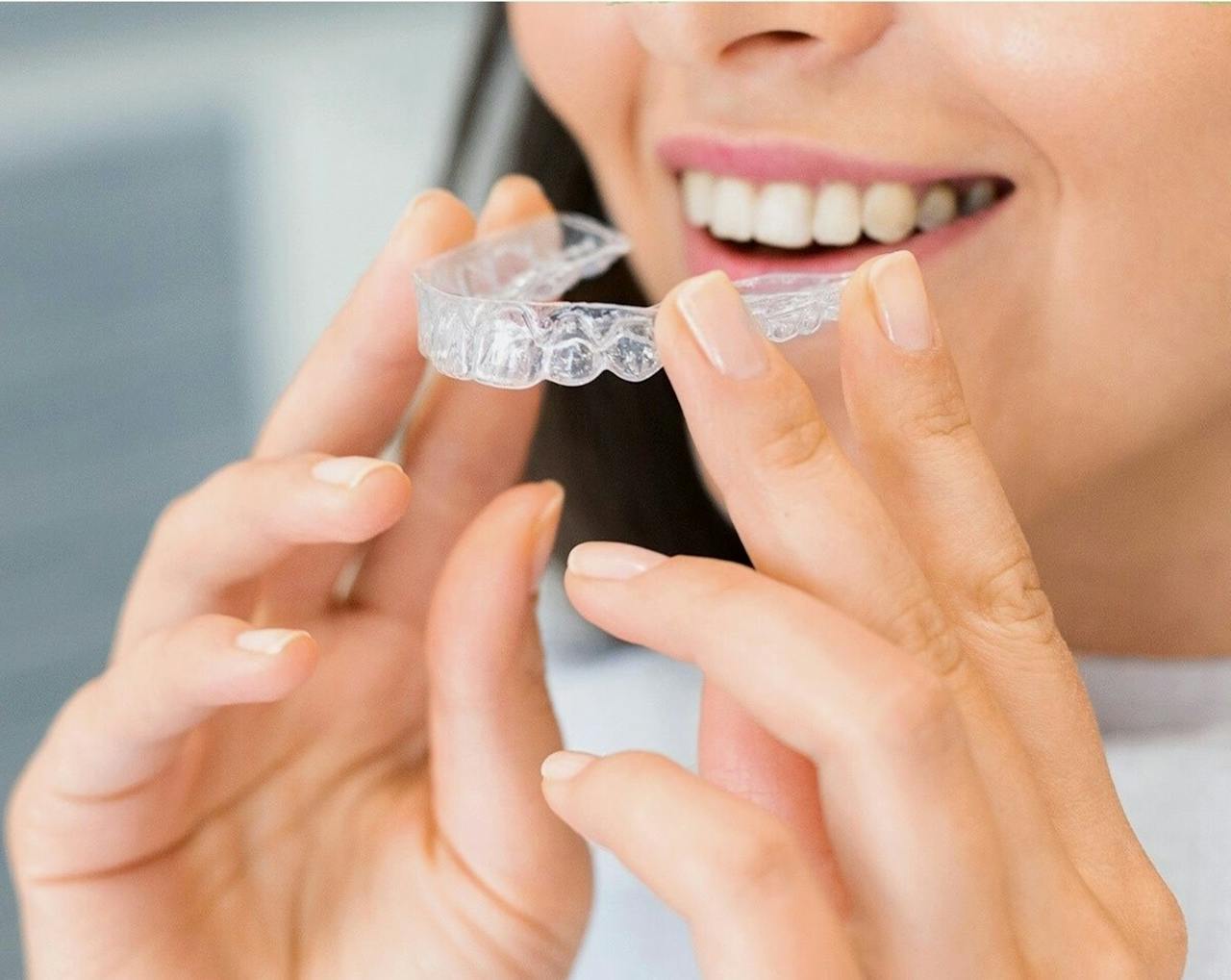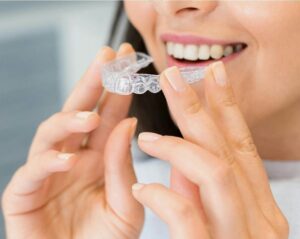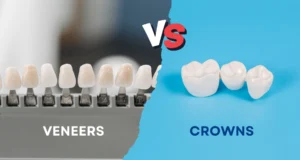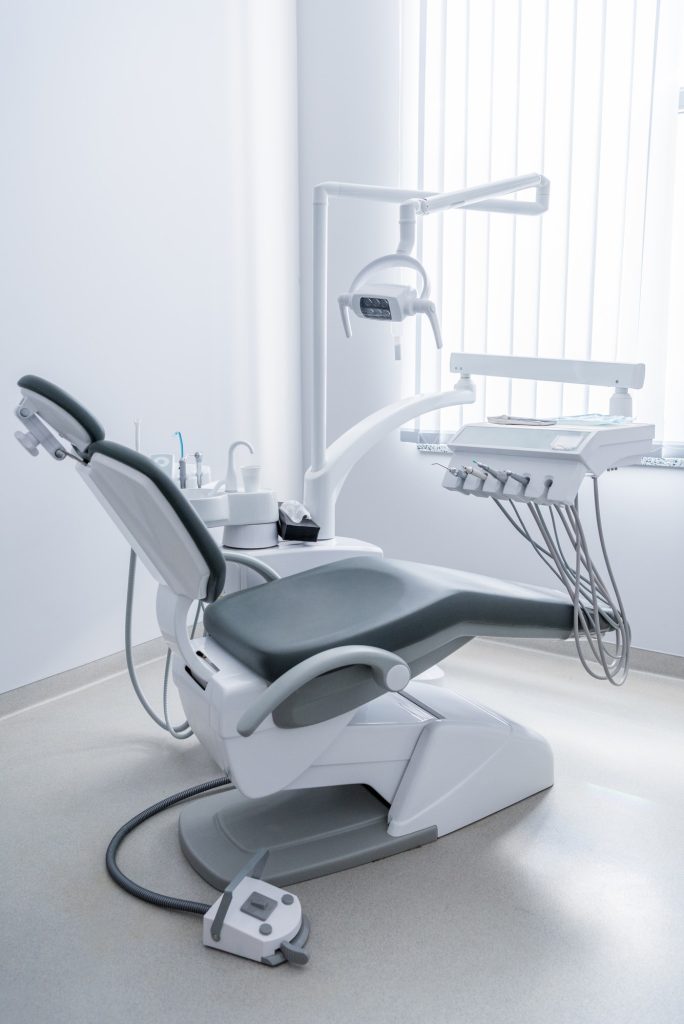Choosing how to straighten your teeth is an important decision. With advancements in orthodontics, options like Invisalign have gained popularity – but traditional braces still have advantages in many cases. In this comparison, we’ll look at how Invisalign stacks up against metal braces, help you decide which is more suitable, and show how Radiant Smiles supports you every step of the way.
What Are Invisalign and Traditional Braces?
Invisalign uses a series of almost-invisible, removable clear aligner trays that gradually shift teeth into position. Because they’re removable, you can eat, brush, and floss more easily during treatment.
Traditional braces use brackets and wires fixed to your teeth, which exert consistent forces to move teeth over time. They’re a very proven method, especially for complex corrections.
At Radiant Smiles, we offer both clear aligner solutions (like Invisalign) and standard orthodontic options.
Appearance & Discretion
One of the biggest draws of Invisalign is its aesthetic advantage. The aligners are transparent and much less noticeable than metal braces. Many patients prefer this for professional or social reasons.
Traditional braces, especially modern ceramic or clear brackets, can appear more discreet than older metal versions. But they still tend to be more visible than clear aligners.
Comfort & Convenience
Because Invisalign aligners are smooth and removable, they tend to cause less irritation to lips and cheeks than wires and brackets. You won’t face bracket breakages or poking wires.
However, Invisalign requires discipline – you must wear the trays for ~20-22 hours per day, and remove them for eating and cleaning. Forgetting or not using them enough can delay treatment.
Braces, meanwhile, stay in continuously, so compliance is built-in, but maintenance (avoiding certain foods, careful brushing) is more challenging.
Treatment Time & Effectiveness
For many mild to moderate alignment issues, Invisalign can be quite efficient – some cases finish within 6-12 months (depending on complexity). However, for severe misalignments, large bite issues, tooth rotations, or vertical movements, traditional braces may offer more precise control.
In practice, complex cases sometimes use a hybrid approach: start with braces or aligners, then refine with Invisalign or vice versa.
Cost & Maintenance
In many cases, Invisalign is somewhat more expensive than traditional braces due to the technology involved. However, the difference often narrows when you factor in fewer emergencies, less downtime, and easier hygiene.
Braces tend to incur more maintenance (wire adjustments, broken brackets, unexpected visits). Cleanings around braces are trickier, increasing risk of staining or decay if not properly cared for.
Dietary & Hygiene Impact
With Invisalign you can remove the aligners to eat, so there are no dietary restrictions (just avoid eating with them in). You can brush and floss normally, reducing risks of plaque build-up.
With braces, patients must avoid sticky, hard, or crunchy foods and must be extra diligent with brushing and flossing around brackets and wires to prevent white spots or cavities.
Which Option Suits You Best?
Here’s when one might be preferable:
| Factor | Invisalign may be better | Braces may be preferable |
| You value discretion |
✔ |
– |
| You need ease of hygiene |
✔ |
– |
| You have moderate alignment goals |
✔ |
– |
| You have complex or large movements |
– |
✔ |
| You don’t want to rely on patient compliance |
– |
✔ |
If you’re unsure, Radiant Smiles can assess your teeth and recommend the right option. Start with a consultation and digital planning to see projected outcomes.
How Radiant Smiles Supports You
- Consultation & Planning: We’ll take scans, X-rays, and digital simulations to show you alternate outcomes.
- Treatment Monitoring: Regular check-ups ensure your treatment is on track and any adjustments needed are made.
- Complementary Services: We coordinate with our general dentistry services – if you need check-ups and cleans, fillings, or other procedures, we’ll manage it seamlessly.
- Aftercare: Once treatment is complete, retainers are provided to maintain your smile.
Let your treatment journey begin from our homepage and we’ll guide you to the Invisalign service page for full details.
You may also find value in reading our blog posts on orthodontic topics, such as “The Evolution of Braces: A Journey to Straighter Smiles” (if present) or other relevant articles covering alignment and teeth movement.
FAQs About Invisalign vs Braces
Does Invisalign hurt more than braces?
Most patients feel mild pressure or discomfort when switching aligners, but this usually fades within a day or two. Braces may cause more frequent irritations (wire pokes, bracket soreness).
Can age limit Invisalign use?
Not necessarily. Many adults use Invisalign successfully. Suitability depends more on dental conditions than age.
Can I switch from arches of braces to Invisalign mid-treatment?
Yes, in many cases. If your teeth are roughly aligned from braces, Invisalign can be used to fine-tune the final positions – depending on your orthodontist’s plan.
How do I care for my aligners or braces daily?
- For Invisalign: clean trays with soft brush & lukewarm water, avoid hot liquids, remove for eating/drinking.
- For braces: use interdental brushes, floss threaders, gentle brushing around brackets, avoid forbidden foods.
Don’t Wait to Get the Smile You Want
Every smile journey is unique. Whether you prioritise discretion or need robust movement, there’s likely a solution for you – and Radiant Smiles is here to guide it.
If you’re curious about which option fits your lifestyle and dental goals, contact us and schedule a consultation. Let’s get you on the path to a confident, healthier smile.
Disclaimer:
The information provided in this blog is for general educational purposes only and should not be taken as medical advice. It is not a substitute for professional diagnosis, treatment, or care. Always seek the guidance of your qualified dental professional regarding your specific treatment options.









